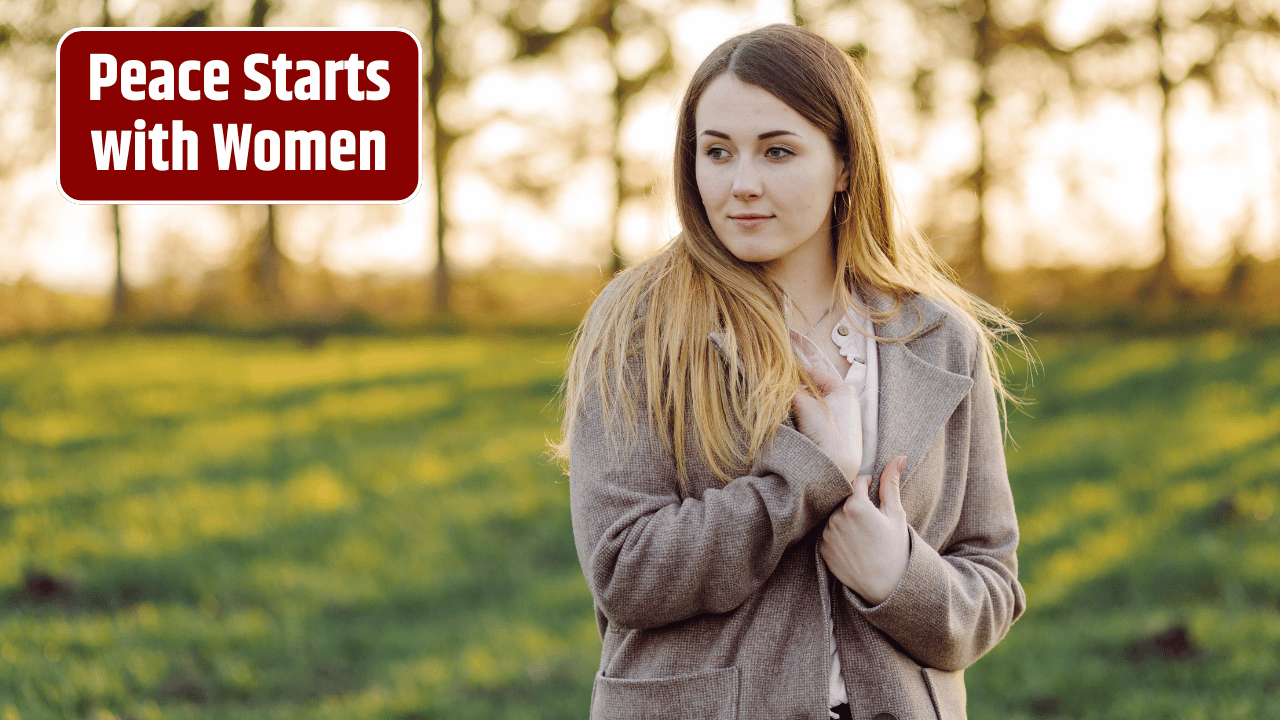It’s not happening in New York conference rooms.
Not in Geneva. Not in five-star hotel lobbies with interpreters and press kits.
Nope. The real work of peace? It’s happening in dusty village centers, under mango trees, in crowded markets, and in the borrowed back rooms of schools-turned-shelters. And it’s being led—quietly, consistently, relentlessly—by women.
Not diplomats. Not politicians. Not blue-helmeted outsiders.
Just women. Grassroots, local, and unstoppable.
Table of Contents
Peace Isn’t Signed. It’s Lived.
The thing about peace is: signing an agreement doesn’t make it real. What happens after the cameras leave—that’s where peace either grows or crumbles.
And the people who are best at making it stick?
They’re the ones who’ve lived through the chaos. Raised kids through blockades. Hid neighbors from militias. Buried friends. Rebuilt homes.
So, it’s no surprise that in conflict zones around the world, grassroots women’s networks have become the backbone of post-conflict recovery. These are not NGOs with marketing budgets or Twitter accounts. These are informal but deeply connected webs of trust, action, and local knowledge.
Where It’s Happening—and What It Looks Like
Let’s get specific. These networks aren’t hypothetical. They exist. And they’re doing the heavy lifting.
| Region | Network Name | Key Activities |
|---|---|---|
| South Sudan | Women’s Peace Tables | Community mediation, land dispute resolution |
| Colombia | Ruta Pacífica de las Mujeres | Victim advocacy, trauma healing, legal accompaniment |
| Myanmar | Women’s League of Burma | Political organizing, peace education, refugee support |
| DRC | Synergy of Women for Peace and Development | Reintegration of former child soldiers, advocacy |
| Afghanistan | Women for Peace Shuras | Negotiating with local leaders, underground education |
Each of these groups is building peace not by parachuting in solutions—but by holding communities together from the inside out.
No Flash, Just Fire
These women aren’t looking for headlines. Most of them aren’t even “activists” in the way Western media defines the term. They’re teachers, nurses, widows, farmers. Their strength lies in how deeply rooted they are—how trusted they are in their communities.
Take Asha from Eastern Congo. She started by helping her neighbors cook meals for displaced families. Then she organized women to clean abandoned school buildings. Now, she’s facilitating dialogues between youth groups and former rebels—literally preventing violence before it starts.
Or Carmen in rural Colombia, who leads a “healing circle” for survivors of wartime sexual violence. The group doesn’t have a name or a logo. But it’s saved lives. Literally.
This is invisible infrastructure—the kind no donor report can capture fully, but without which peace cannot last.
Why Grassroots Women Matter (More Than We Realize)
Here’s the quiet truth:
Top-down peace deals often collapse because they don’t reflect what’s happening on the ground. Local women’s networks understand not just who’s fighting, but why—and what it’ll take for people to start trusting each other again.
They know who speaks to who. Who to send to a family that’s just lost a child. Which elders are respected. What’s sacred. What’s still raw.
They are the social glue in a place where everything else has been broken.
And while they often lack formal power, they carry something just as critical: legitimacy.
What’s Holding Them Back?
Three words:
Funding. Protection. Recognition.
These networks run on fumes. While big international organizations get millions in grants, local women are scraping together personal savings to host a trauma session or pay for a mediator’s transport.
Worse, they often face threats—from armed groups, political actors, and even members of their own communities. Speaking up is dangerous. Leading is riskier. And still—they keep showing up.
There’s also the issue of visibility. Global peacebuilding frameworks often exclude them entirely. If you’re not registered, formalized, or fluent in grant-speak, good luck getting a seat at the table.
What Needs to Change?
It’s not rocket science. But it does take political will—and humility.
- Fund directly: Create flexible funding pathways for informal networks without forcing them to become NGOs overnight.
- Protect fiercely: Governments and INGOs must prioritize the safety of grassroots women peacebuilders.
- Listen first, plan second: Elevate grassroots voices in peacebuilding strategies. Don’t “consult”—co-create.
- Redefine expertise: Being educated at Harvard doesn’t make you more qualified to build peace than someone who’s negotiated five ceasefires on her street.
This Is the Work That Lasts
Peace isn’t a headline. It’s a process.
And the women doing the real work don’t wear suits or sit behind podiums. They walk miles in flip-flops to meet with tribal leaders. They calm a grieving neighbor. They mediate a land feud before it turns violent.
They don’t call it peacebuilding. They just call it life.
But if we want peace to last—not just appear on paper—we’d better start paying attention. And more importantly, we’d better start putting our money, our platforms, and our protection where it counts.
From the ground up.
FAQs
What are grassroots women’s peace networks?
Informal or semi-formal groups of local women organizing within their communities to promote peace, prevent conflict, and support recovery after violence.
How do they differ from international NGOs?
They’re community-rooted, locally led, and often under-resourced. Unlike INGOs, they usually operate without external funding or official recognition.
Are these networks effective?
Extremely. They’ve resolved local conflicts, supported survivors, reintegrated fighters, and prevented relapse into violence—all with minimal resources.
Why aren’t they more visible?
A mix of systemic bias, lack of formal structures, and underfunding. They don’t have media arms or PR budgets. They just work.














